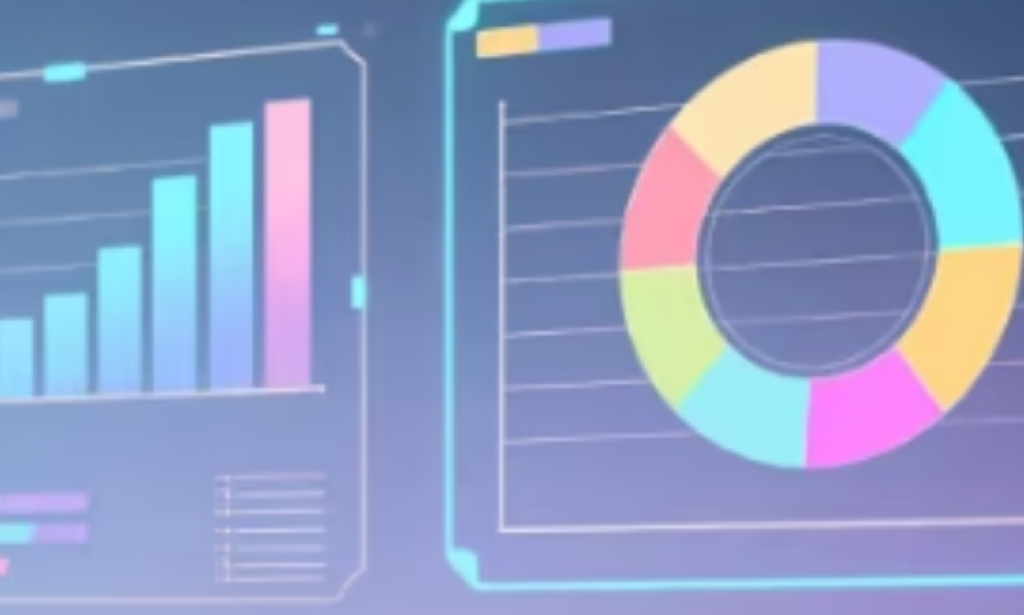Pi Network was initially a mere smartphone mining application that democratized cryptocurrency by availing it to common people. Today, consisting of more than 60 million registered Pioneers and having its active layer of desktop Pi Nodes, this ecosystem is on the edge of something much bigger: turning into one of the largest distributed compute grids in the world.
Although the majority of eyes are glued to its future mainnet and its use of tokens, it has been secretly exploring a far more significant future, of making its global community a living, breathing alternative to a centralized cloud infrastructure to perform artificial intelligence. Pi Network has 50 million potential nodes which might radically transform the process of training, serving and monetization of AI models. Let us understand it in detail.
What is Pi Network at the moment?
Pi Network is no longer a mere mobile mining application as there exists a complex tier of desktop and laptop Pi Nodes below the user-friendly app interface which secures the consensus mechanism. These nodes are in place, geographically spread all around the world on just ordinary consumer hardware.
In October 2025, Pi Network Ventures invested into OpenMind and was able to successfully run a proof-of-concept in which about 350,000 volunteer Pi Nodes could run real image-recognition AI workloads with predictable performance. This was neither a simulated experiment nor a simulation, but real-life decentralized inference over hundreds of thousands of home computers. It therefore demonstrated that it already has the two ingredients every decentralized AI initiative so desperately requires, which are massive scale and real-world distribution.
Why does Pi Network need Decentralized AI?
The current AI is extremely centralized. The training and inference are limited by a few hyperscale data centers, owned and operated by a number of companies. This generates astronomical expenses, energy requirements and geopolitical risk.
Decentralized AI is an approach that will correct this by moving the computation to the edge – nearer to users, on cheaper hardware, more resilient. Nevertheless, all serious decentralized AI projects have to deal with the following three requirements:
- Huge device involvement.
- Low Latency Global geographic distribution.
- Powerful economic motives of tested integrity.
Pi Network is the only one that fulfills all three. There is no other project that has tens of millions of users who are engaged and a native token economy with this scale of a node network.

What made Pi Network an AI testbed?
Pi Network Ventures was the first to invest in OpenMind, a hardware-agnostic operating system of intelligent machines, in October 2025. The collaboration did not take long to transition into execution. OpenMind implemented real-world AI models – such as image-recognition ones – on volunteer Pi Nodes. The result? About 350,000 Pi Nodes were used to achieve successful results and provide steady performance without the help of AWS, Google Cloud, or any conventional provider.
This one experiment turned it into a proven decentralized AI compute layer and demonstrated that the same infrastructure that secures the blockchain can also make a profit when it runs third-party AI tasks.
What changes when Pi Network becomes a crowd computer?
In case this ecosystem manages to scale its vision, it would have the following implications:
- AI compute is lowered significantly in cost and accessibility, particularly among developers in the emerging markets with the prohibitive cloud costs.
- Pi Token will have a real use when it comes to compensating and securing stakes on the work of verified computers, which could lead to enormous demand.
- Inference on Pi Nodes close to users is useful in a wide range of latency-sensitive applications (real-time translation, AR/VR, autonomous robotics) because data does not need to be sent to distant data centers.
- A new marketplace arises, in which AI firms compensate Pi Network node operators directly with Pi, at least at idle CPU/GPU cycles.
- Carbon footprint may also be potentially reduced because idle consumer hardware can be used rather than constructing new data centers that consume large amounts of energy.
It has the potential to be the AWS of the other half of the world- a person owned cloud.
How does Pi Network compare to other decentralized AI projects?
The decentralized compute space is full – Render, Akash, Bittensor, and even the marketplace of the io.net and many others already provide marketplaces of GPUs. The positioning of Pi Network is however different in three important aspects:
- By far the largest retail community (60M+ users vs the competitors thousands of users)
- True global presence on daily gadgets as opposed to specialized data centers.
- Non-crypto-native brand recognition in emerging markets.
When everyone is in search of the premium GPUs, Pi Network has the lowest-level layer, the billions of phones and laptops in which AI will be truly used. That is why it may be the most suitable on-ramp towards a mass-adopted decentralized AI.
Conclusion
Pi Network is trying to do something it has never tried before: a retail crypto community of 60 million individuals turned into a serious artificial intelligence computational infrastructure. The fact that medium-income consumers could own and benefit the AI revolution, as opposed to corporations, would be a success.
Any partial success would show that 50 million nodes, managed by tokens and deployed on common devices, can give hyperscale clouds something to think about. Whether or not it ever ends up being the foundation of decentralized AI or merely an inspiration of the kind, this experiment will be remembered as the point at which the crowd finally retaliated against centralized computer hegemony.
Disclaimer: Crypto products and NFTs are unregulated and can be highly risky. There may be no regulatory recourse for any loss from such transactions.



You must be logged in to post a comment.